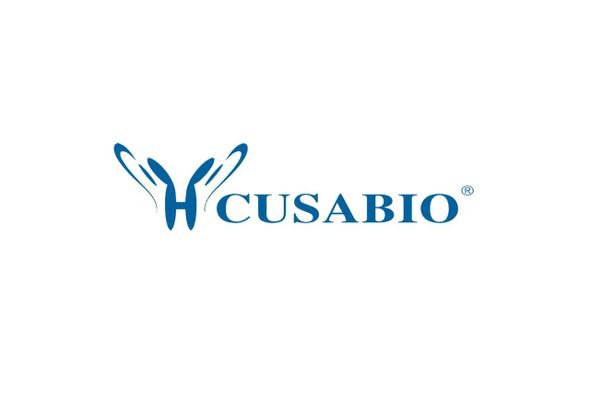Cusabio Virus & Bacteria Recombinants
Recombinant Clostridium perfringens Microbial collagenase (colA), partial | CSB-EP331755CMB
- SKU:
- CSB-EP331755CMB
- Availability:
- 3 - 7 Working Days
Description
Recombinant Clostridium perfringens Microbial collagenase (colA), partial | CSB-EP331755CMB | Cusabio
Alternative Name(s): 120 kDa collagenase Microbial collagenase
Gene Names: colA
Research Areas: others
Organism: Clostridium perfringens (strain 13 / Type A)
AA Sequence: NKIYTFDELNRMNYSDLVELIKTISYENVPDLFNFNDGSYTFFSNRDRVQAIIYGLEDSGRTYTADDDKGIPTLVEFLRAGYYLGFYNKQLSYLNTPQLKNECLPAMKAIQYNSNFRLGTKAQDGVVEALGRLIGNASADPEVINNCIYVLSDFKDNIDKYGSNYSKGNAVFNLMKGIDYYTNSVIYNTKGYDAKNTEFYNRIDPYMERLESLCTIGDKLNNDNAWLVNNALYYTGRMGKFREDPSISQRALERAMKEYPYLSYQYIEAANDLDLNFGGKN
Source: E.coli
Tag Info: N-terminal 10xHis-tagged and C-terminal Myc-tagged
Expression Region: 90-370aa
Sequence Info: Partial
MW: 39.7 kDa
Purity: Greater than 85% as determined by SDS-PAGE.
Relevance: Clostridial collagenases are among the most efficient degraders of eukaryotic collagen known; saprophytes use collagen as a carbon source while pathogens additionally digest collagen to aid in host colonization. Has both tripeptidylcarboxypeptidase on Gly-X-Y and endopeptidase activities; the endopeptidase cuts within the triple helix region of collagen while tripeptidylcarboxypeptidase successively digests the exposed ends, thus clostridial collagenases can digest large sections of collagen (By similarity).
Reference: "Gene duplication and multiplicity of collagenases in Clostridium histolyticum." Matsushita O., Jung C.-M., Katayama S., Minami J., Takahashi Y., Okabe A. J. Bacteriol. 181:923-933(1999)
Storage: The shelf life is related to many factors, storage state, buffer ingredients, storage temperature and the stability of the protein itself. Generally, the shelf life of liquid form is 6 months at -20?/-80?. The shelf life of lyophilized form is 12 months at -20?/-80?.
Notes: Repeated freezing and thawing is not recommended. Store working aliquots at 4? for up to one week.
Function:
Involvement in disease:
Subcellular Location:
Protein Families:
Tissue Specificity:
Paythway:
Form: Liquid or Lyophilized powder
Buffer: If the delivery form is liquid, the default storage buffer is Tris/PBS-based buffer, 5%-50% glycerol. If the delivery form is lyophilized powder, the buffer before lyophilization is Tris/PBS-based buffer, 6% Trehalose, pH 8.0.
Reconstitution: We recommend that this vial be briefly centrifuged prior to opening to bring the contents to the bottom. Please reconstitute protein in deionized sterile water to a concentration of 0.1-1.0 mg/mL.We recommend to add 5-50% of glycerol (final concentration) and aliquot for long-term storage at -20?/-80?. Our default final concentration of glycerol is 50%. Customers could use it as reference.
Uniprot ID: P43153
HGNC Database Link: N/A
UniGene Database Link: N/A
KEGG Database Link: N/A
STRING Database Link: N/A
OMIM Database Link: N/A









